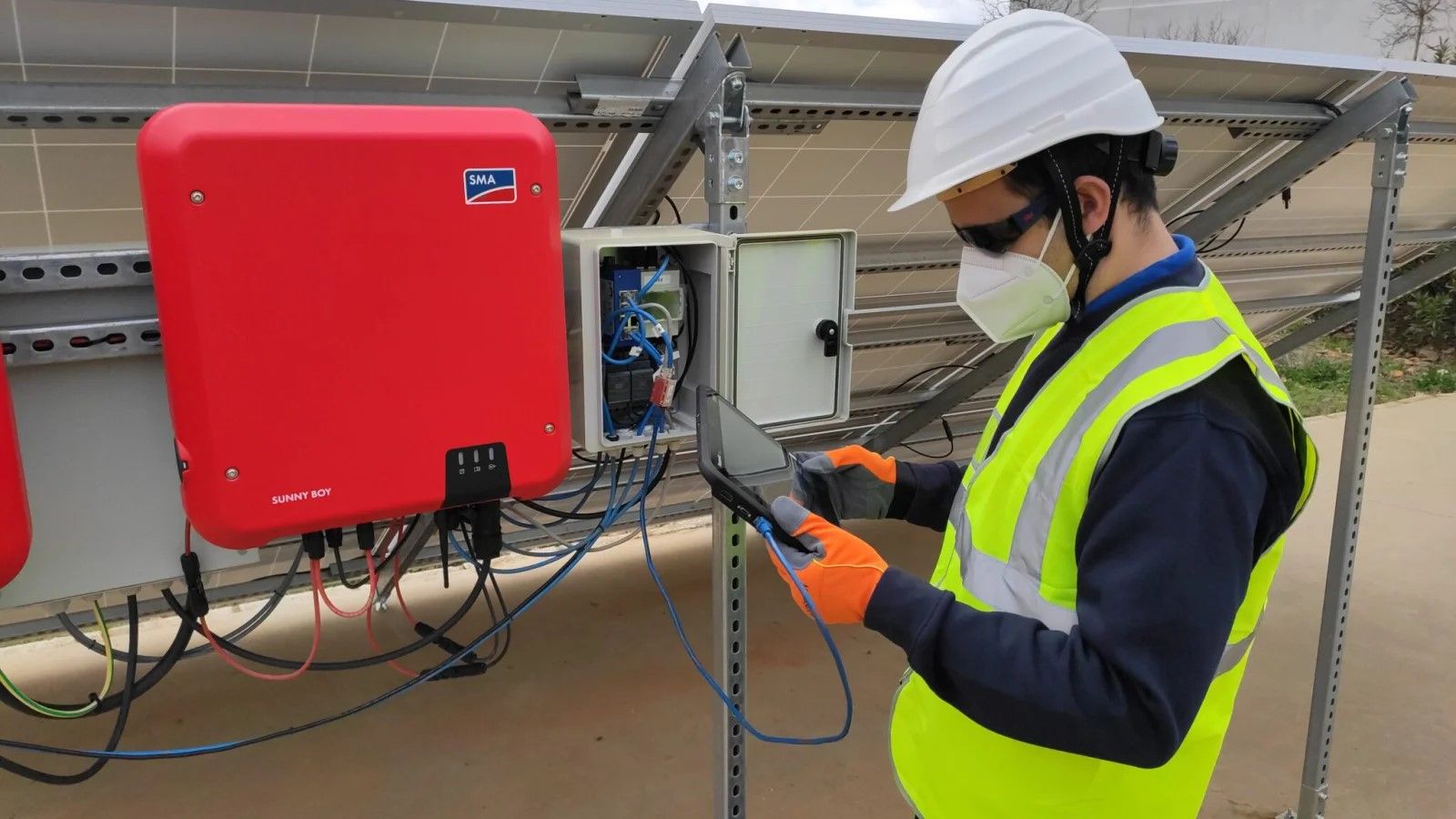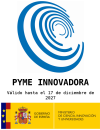Hardware in the loop
Hardware-in-the-loop (HIL) is a simulation technique in which a real electronic system is integrated into a simulated environment so that they can interact and be tested together. This technique is used in a wide range of industries, including aviation, industry, renewable energy and more.
In aviation, HIL allows engineers to simulate and test an aircraft's electronic systems prior to installation on a real aircraft. This is important to ensure flight safety by detecting and correcting potential errors in systems before they are operational.
In industry, HIL is used to test and optimize industrial systems, such as robots and production lines, prior to their implementation in a real environment. This allows engineers to identify potential problems and resolve them before they affect production or efficiency.
In renewable energy, HIL is used in the training of engineers and technicians in the operation and maintenance of photovoltaic and wind power systems. Students can practice with real electronic systems integrated in a simulated environment to gain experience and confidence in their work before working on real installations.
Overall, the HIL allows engineers and technicians to test and validate electronic systems prior to real-world implementation. This not only improves the safety and efficiency of systems, but also saves time and money by detecting and correcting problems before they occur.












